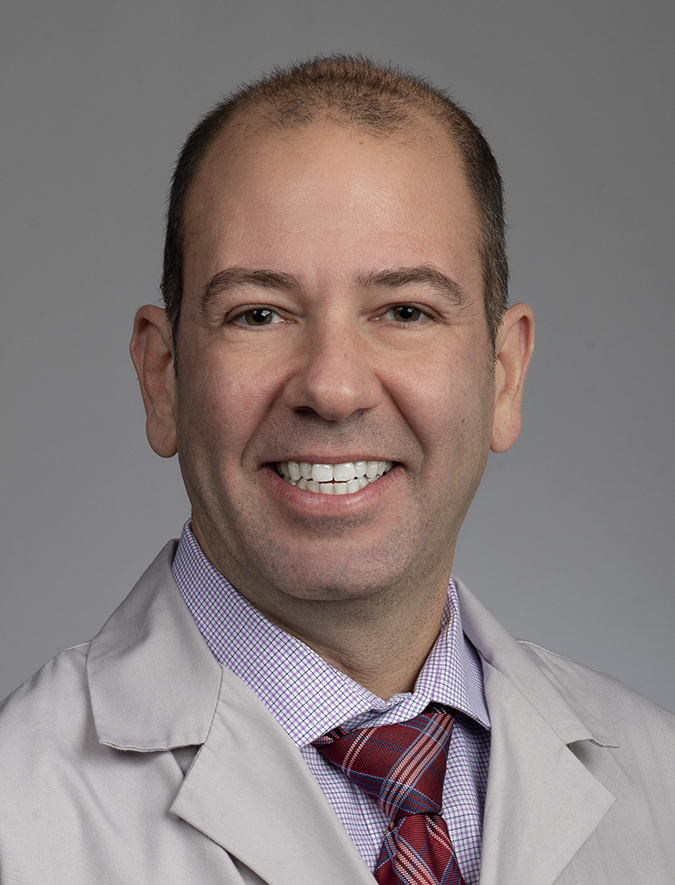Community Hospital Experience With Bovine Tissue in Infected Vascular Fields. Journal Article
Local Library Link: Find It @ Loyola
| Authors: | Sowa, P; Soult, M; Blecha, M |
| Article Title: | Community Hospital Experience With Bovine Tissue in Infected Vascular Fields. |
| Abstract: | BACKGROUND: Vascular prosthetic graft infections are rare but associated with high morbidity and mortality. Treatment involves removal of the infected graft requiring arteriotomy closure. Previously this was performed with autologous graft, but bovine tissue has increasingly been used. The objective of this paper is to review the community hospital experience with bovine tissue repair in an infected vascular field. MATERIALS AND METHODS: A retrospective review of all cases performed by a single surgeon in a community hospital for infected prosthetic grafts was completed. Sixteen cases were included where bovine tissue was used for repair. Presentation, location of graft, and causative organism were reviewed, and outcomes including reoperation and mortality were recorded. RESULTS: Of the 16 patients, 15 (94%) had positive cultures of the graft. Methicillin-Resistant Staph Aureus was the most commonly isolated organism (50%). There were 3 unplanned reoperations including a revision from below to above knee amputation, drainage of a hematoma, and a wound debridement within the first year. Over the 1 year follow up period, 3 patients died for a mortality of 19%. There were no reinfections during follow-up. DISCUSSION: Prosthetic graft infection is a rare but serious vascular surgery complication. The causative organism has shifted in the last few years to become increasingly drug resistant. Treatment requires excision, and bovine tissue has been demonstrated to provide a safe and durable method of repair. |
| Journal Title: | The American Surgeon |
| ISSN: | 1555-9823; 0003-1348 |
| Publisher: | Unknown |
| Date Published: | 2020 |


